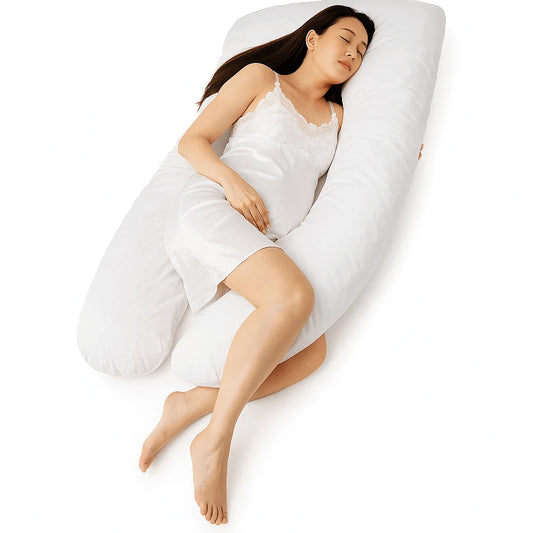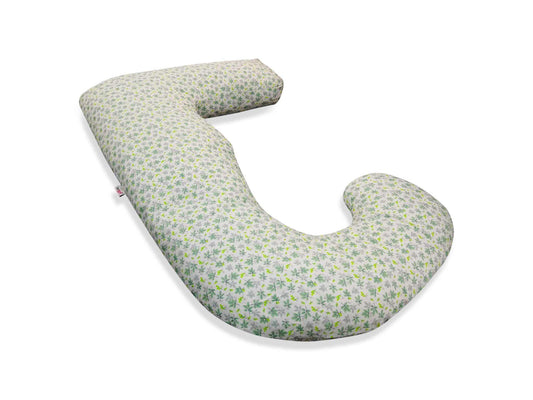Back Pain Busters | Create the Right Sleeping Environment

A good night's sleep is essential for overall health and well-being. However, many people suffer from back pain that can be exacerbated or even caused by their sleeping habits and environment. To wake up feeling refreshed and pain-free, it's crucial to create the right sleeping environment. In this article, we'll explore the importance of a well-designed sleep space and provide practical tips to help you prevent back pain and improve your sleep quality.
The Connection Between Sleep and Back Pain
The way you sleep, and the quality of your sleep can have a significant impact on your back health. Poor sleeping habits, such as sleeping in awkward positions or on an unsupportive mattress, can lead to back pain over time. Here's how a proper sleep environment can help:
Spinal Alignment: A well-designed sleeping environment promotes proper spinal alignment. When your spine is in a neutral position, it experiences less strain, reducing the likelihood of waking up with back pain.
Pressure Points: An uncomfortable mattress can create pressure points on your body, leading to pain and discomfort. A supportive mattress helps distribute your body weight evenly, alleviating pressure on sensitive areas like your lower back and shoulders.
Muscle Relaxation: Quality sleep allows your muscles to relax and recover. If you're constantly tossing and turning due to an uncomfortable sleeping environment, your back muscles may remain tense, leading to pain.
Tips for Creating the Right Sleeping Environment
Choose the Right Mattress
Invest in a quality mattress that suits your sleep preferences and body type. Mattresses come in various materials (memory foam, innerspring, latex, etc.), so test them out to find the one that provides the best support and comfort for your back.
Optimal Pillow Support
Select a pillow that supports the natural curve of your neck and keeps your spine in alignment. The pillow's height should be appropriate for your sleeping position (side, back, or stomach).
Maintain Good Sleep Posture
Try to sleep in a position that supports your spine's natural alignment. For example, if you're a side sleeper, place a pillow between your knees to keep your hips aligned. If you're a back sleeper, use a small pillow to support the curve of your lower back and using a good quality body pillow may help support key areas of your whole body helping you maintain a good posture as you sleep.
Replace Your Mattresses and Pillows Regularly
Mattresses and pillows tend to wear out over time, losing their supportiveness. If you've had your mattress for many years and you wake up with back pain regularly, it may be time to consider a replacement. Pillows tend to flatten with time. Meaning that they lose their ability to support your head, neck, or body effectively.
Keep the Bedroom Cool and Dark
A comfortable comfortable sleep environment also involves the temperature and lighting. Maintain a cool room and minimize light exposure by using blackout curtains or an eye mask to improve sleep quality.
Reduce Noise
A quiet environment is essential for restful sleep. Use earplugs or a white noise machine if necessary to block out disruptive sounds.
Create a Relaxing Bedtime Routine
Establish a calming bedtime routine to signal to your body that it's time to wind down. This can include activities like reading, gentle stretching, or relaxation exercises.
Creating the right sleeping environment is a crucial step in preventing back pain and improving sleep quality. Prioritize proper spinal alignment, invest in a supportive mattress and pillows, and create a peaceful and comfortable atmosphere in your bedroom. By making these adjustments, you'll be well on your way to enjoying restful nights and waking up with a pain-free back. Remember, a good night's sleep is essential for your overall health and well-being.

















